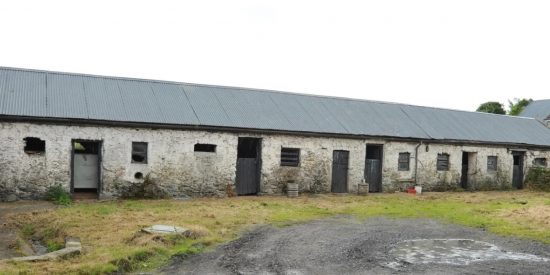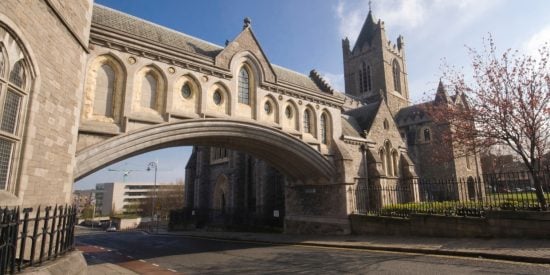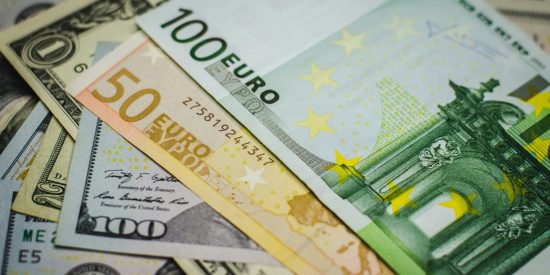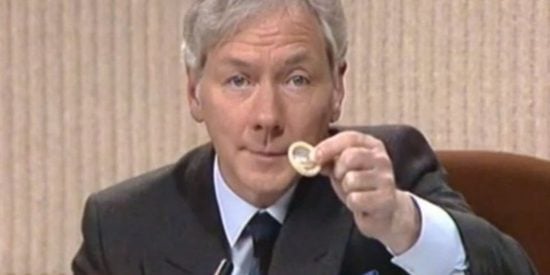Spotlight on Research
ToggleSpotlight on Research
The story of Ireland's first socialist commune in 1830s' Clare
Dr Niall Ó Cuileagáin from the Department of English reviews Ireland's and Co Clare's first socialist commune in the 1830s
Tuesday, 22 April 2025
Why Sitric Silkenbeard is the greatest Dubliner of all time
Sitric Silkenbeard may be remembered as a villain due to the Battle of Clontarf, but he also transformed Dublin into a wealthy, vibrant European city, writes Dr Niamh Wycherley from the Department of Early Irish
Thursday, 17 April 2025
5 new corporate tax challenges facing Ireland
Ireland's tax regime has faced down many challenges over the last 70 years, but there are potential new obstacles ahead, writes Dr Nessa Ní Chasaide of the Department of Sociology
Monday, 07 April 2025
Why access to condoms was such a controversial issue in Irish law
Dr Jennifer Redmond from the Department of History examines the legal controversy surrounding condom access, marking 40 years since Ireland liberalised contraception laws
Monday, 07 April 2025
How JD Vance's visit reflects decades of US interest in Greenland
Dr David Murphy of the Department of History reviews the long and contentious history of US interest in the Arctic island, which seems to have entered a new phase under Donald Trump
Monday, 31 March 2025
How criminal justice can harm victims more than crime itself
Secondary victimisation can be prevented if we understand victims' needs and invest in services and approaches to best meet these, writes Dr Ian Marder of the School of Law and Criminology
Monday, 24 March 2025
How 18th century Irish traders set up business in the Canary Islands
Irish merchants were drawn to Tenerife by the growing economic opportunities offered by the island's sweet wines, writes Dr Richard Fitzpatrick, Research Fellow in the Arts and Humanities Institute
Tuesday, 18 March 2025
A short history of extreme weather events around St Patrick's Day
Dr Carla Mateus from the Department of Geography examines the short history of extreme weather events around St Patrick's Day in Ireland
Thursday, 13 March 2025
What we should and shouldn't expect from Ireland's Covid-19 review
Five years after the introduction of Covid-19 restrictions, Shamsoddin Shariati from the Sociology Dept explores the debates that still rage over what Ireland did and didn't do during the pandemic
Monday, 10 March 2025
The big impact of workplace commuting on Irish towns and villages
New research by Caroline Creamer at MU, Prof Des McCafferty at MIC and Dr Karen Keaveney at UCD looks at how commuting from rural Ireland impacts people's lives
Monday, 03 March 2025










